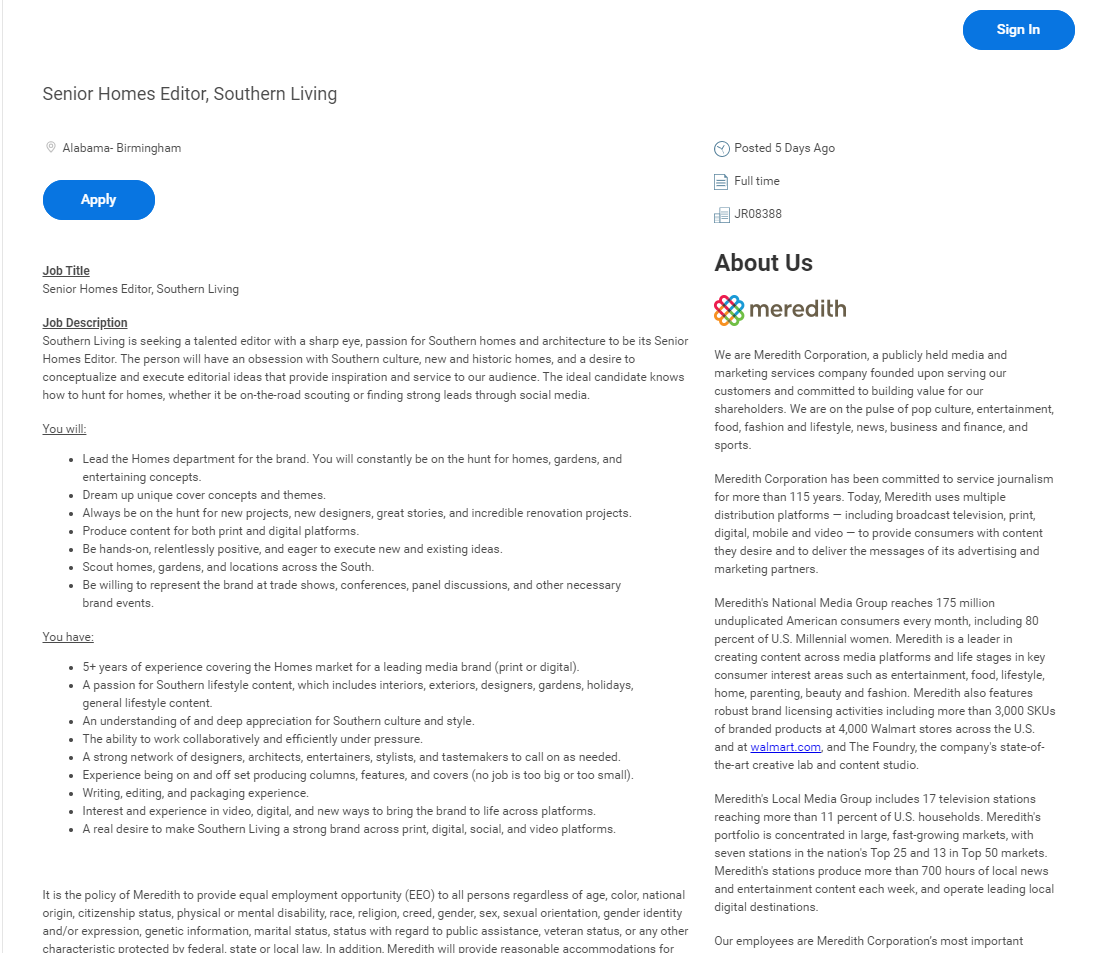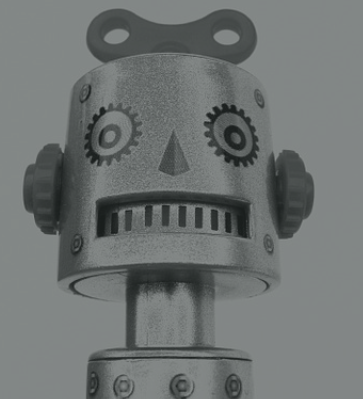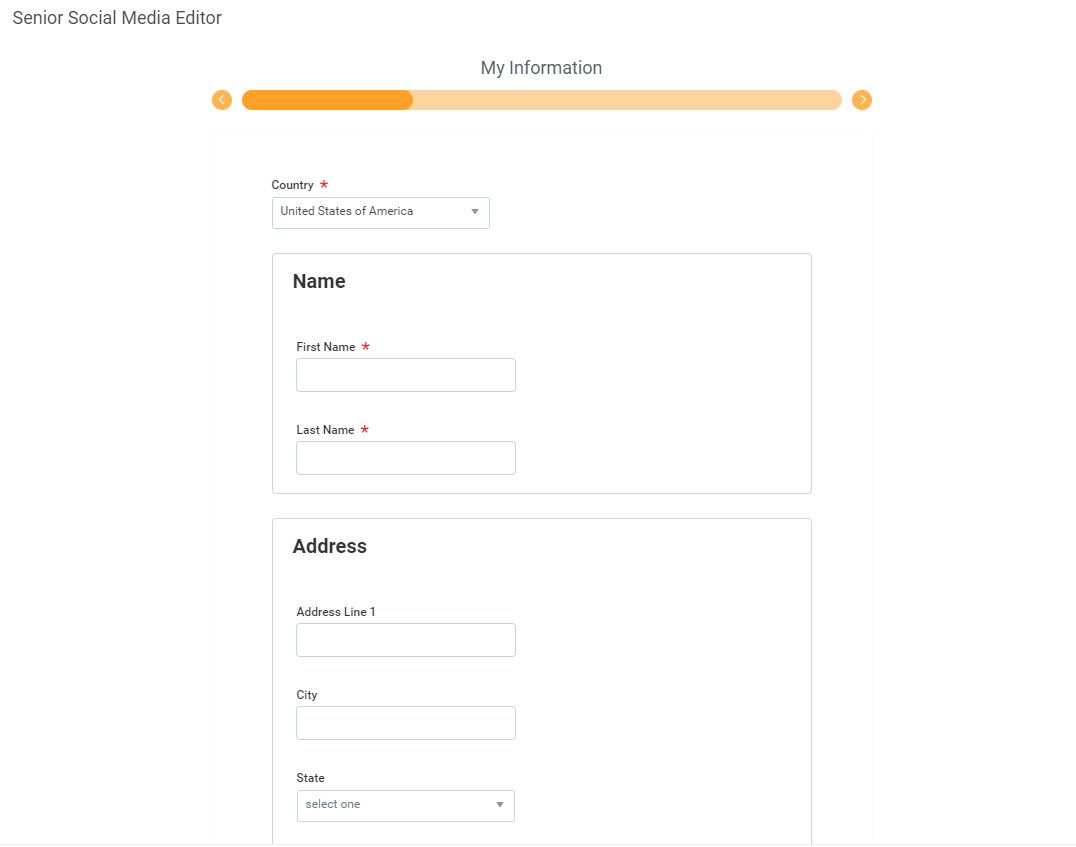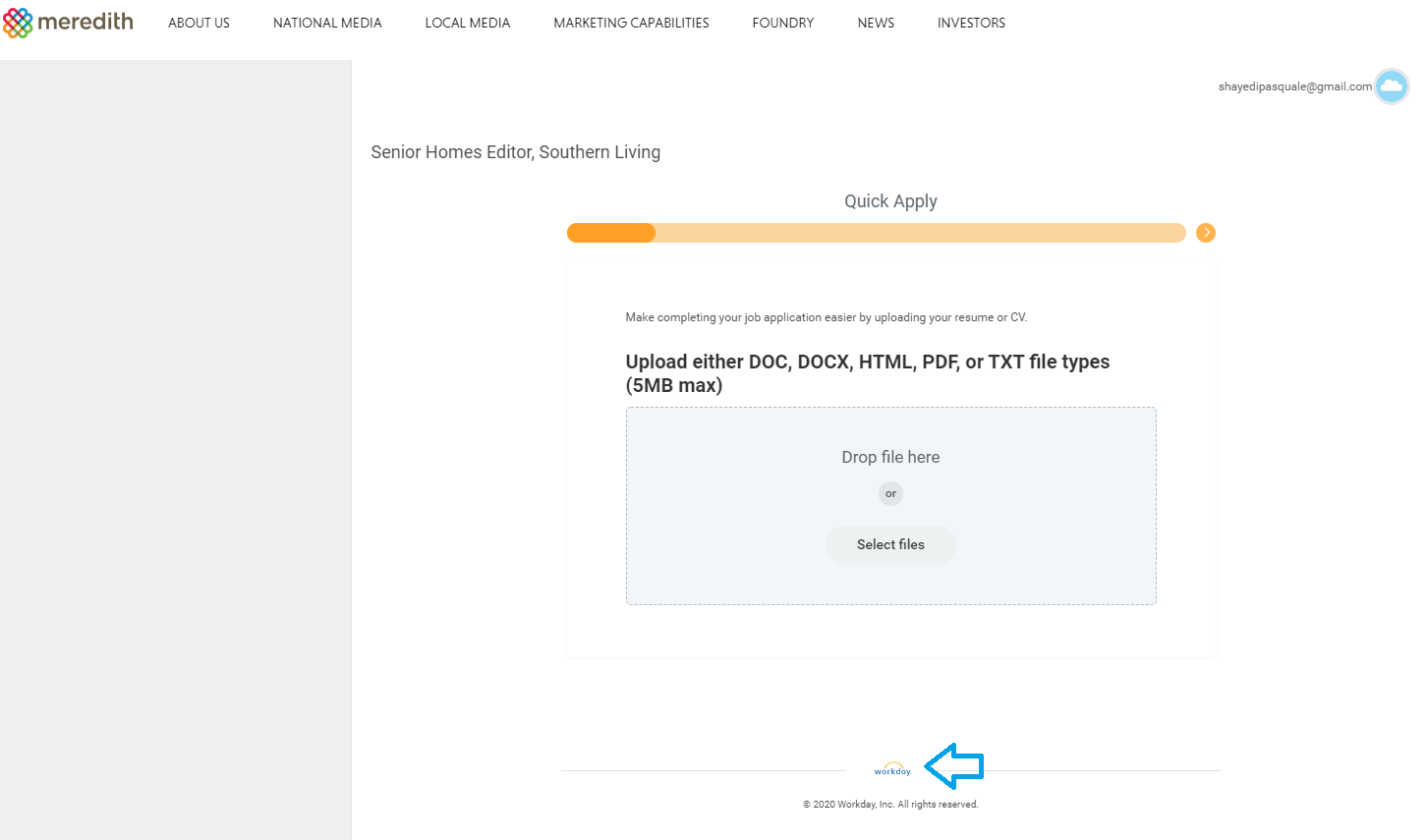We know that you are freaked about ‘bots reading your resume. We get questions about it all the time at The Talent Fairy. And we get the fear. It’s hard to think when you are a professional writer or editor applying for a content job that the writing and editing of your own resume is not being reviewed by a human! But alas, the reality is that bots are now the first line of defense in job applications. Nearly all Fortune 500 companies use AI technology to screen resumes these days.
There may be a silver lining here though. We’ve been doing a little digging into how media and non-media companies review resumes and so far, the news is good. (Keep reading!)
First, Some Bot Background
Most HR professionals use the term Applicant Tracking Systems (ATS) to refer to the software used by companies and hiring managers to automatically scan and filter online resume submissions. (We still prefer “bots”; sounds much more Jetsons!) ATSs are popular tools because they allow hiring managers to conserve the time and energy it would take for a human to screen every submitted resume. ATS are also handy to keep all information organized for each candidate throughout the hiring process (think interview notes, references, contact info, etc.).
Anytime you apply for a job using an online form (like the one pictured below) it’s safe to assume your resume is being screened by an ATS — at least as a first round of review.
When you apply to a job on most job board sites, such as MediaBistro, Indeed, or ZipRecruiter, or via that tempting “Easy Apply” button on LinkedIn, an abbreviated ATS extracts information from your profile and analyzes your resume, if you chose to submit one. (Ahem, The Talent Fairy’s job board does not use ATS.) Similarly, when you apply for a position via a career portal on a company’s website or career page, your resume is certainly being processed by an ATS.
How to Tell if a Company Uses ATS
Let’s say you were applying for this “Senior Homes Editor” at Southern Living via Meredith Corporation’s careers page.
When you click on the blue “Apply” button, you are sent to a screen that looks like this.
While this online form may not look that different from any other page on Meredith’s website, there’s an easy way to tell that this job application is linked to an ATS. Look closely at the image above. My little blue arrow points to a small logo at the bottom of the form that says “Workday.” Workday is among the most used ATS by HR and talent acquisition agencies. (Other widely used ATS include Taleo, Greenhouse, iCIMS and SmartRecruiters.)
Another way to tell if a company’s website is using ATS to screen your application is to check the URL of the online form. Often times, when you click on a job posting listed on a company’s website, the job application will open in another tab. If you look closely at the URL displayed in the new tab, you can spot the name of the ATS the company is using to screen applicants.
Here’s The Good News
Just because the bots are doing the initial screening, doesn’t necessarily mean that a human won’t read your resume. It’s important to note that a company using an ATS to collect job applications does not inherently use the ATS to weed out candidates. After a candidate has finished entering his or her information and clicked “submit,” the ATS scans and parses each resume, categorizing key information into a searchable database. What happens next all depends on how the HR employee, recruiter, or hiring manager in charge of reviewing applications chose to use the ATS.
The ATS can be programmed to scan for certain keywords relating to job skills, former employers, years of experience, schools attended, degrees attained and more. Some recruiters, like those at Hearst for instance, simply use their ATS to categorize the submitted resumes by these keywords. A recruiter can then easily search all the resumes by category and determine best matches for a particular job opening.
“An actual human being screens every application that comes in for a job,” says Maura Fritz, a former editorial recruiter at Hearst.
“Taleo captures the resumes that get submitted for each position and the assigned recruiter reads over each resume to see how it matches up with the qualifications that the hiring manager supplied,” she says. (Note: We also reached out to Meredith HR for how they use their ATS; our emails were not returned.)
Like most ATS, human recruiters scan a resume for keywords to determine whether a candidate has the necessary experience for the position they are applying to. But human recruiters also acknowledge that personal experience and personality can be just as important as professional experience. “We read cover letters and we look at work—clips, story layouts, photography—to see what a candidate might bring to a job,” says Fritz. “The best candidate may not always be the one who strictly fits the requirements of the job.”
Other companies will configure their ATS to screen, score, and rank resumes based on relevant terms the recruiter specifies. The more designated keywords a resume has, the higher it will be ranked. Resumes ranked the highest will move along to human screening, while “under-qualified” resumes will be discarded before they are ever looked at by human eyes. Many companies like to utilize this feature so recruiters can focus on candidates the ATS has already identified as a great match. (Psst! If you are a hiring manager in media or content, email [email protected] tell us how your company uses bots and we’ll update this post. I’ll only ID you if you say it’s OK.)
Chances are good that once you leave the media industry or apply to a content job at a company whose main product is not content, your resume may never see the light of day if you don’t get passed the bots and its algorithm.
6 Ways To Get Your Resume in Human Hands
1. Include the Right Keywords
ATSs are programmed to “read” resumes as a human recruiter would. They look for key information that indicates whether an applicant would be a good candidate for a particular position. But unlike a human, ATSs will often only recognize and count exact keyword matches. If an ATS is searching for candidates who have “experience managing a website in CMS” and your resume lists that you are “a WordPress expert,” the system might drop your resume even though you have the desired experience.
To be recognized as a top applicant, it’s important for the language in your resume to align with the language the ATS is searching for.
So when in doubt, spend a few extra minutes tailoring your resume for a specific job description before you click “submit”. Comb through the job description, pull out the key phrases and skills and work them into your resume. Remember, exact matches improve your chances!
2. Put Those Keywords in the Right Spots
The bots are scanning for relevant keywords. Start by creating a section subheading (i.e. a “Skills” section) and highlight relevant keywords there. Not only will this help raise your ATS ranking, but it will make it easier for a hiring manager to quickly read over your skills down the line.
Don’t stop there! Be sure to incorporate important keywords into other parts of your resume, such as the “Experience” section. In some ATS algorithms, more weight is given to skills-related keywords listed under the more-detailed “Experience” section rather than a “Skills” sub-section. (Smart little bots!)
3. Don’t Worry (too much) About Formatting
This just in! Columns and charts used to be a challenge for ATS and the rule of thumb was to avoid them. But according to a 2023 study that tested a variety of resumes on different ATS they are pretty damn good at it now! So feel free to have a more packaged resume with columns. One caveat: It seems that the ‘bots prefer the simpler design templates of Google Docs and MS Word than Canva’s more elaborate designs.
Other rule-of-thumb formatting faux-pas:
- Symbols, logos (like the ones for social media platforms), icons, and graphics: bots are unable to read or analyze images. (This could be old advice as well, but the new study didn’t address it, so proceed with caution!)
- Lots of different, fancy fonts: stick with Arial, Times New Roman, or Calibri. (Ditto — although just for the sake of remaining professional, it’s best to keep it simple with the font choice!)
- Spelling errors: please, I can’t stress this enough, utilize spell-check! Not only do proofreading mistakes leave a bad impression on hiring managers, misspelled keywords are difficult for an ATS to recognize and pull out of your resume.
4. Skip Over-Customized Headings
Most ATSs pull information from your resume to create a digital applicant profile. The system needs to be able to recognize common resume sections in order to accurately populate specific fields. Use standard section headings such as Education, Work Experience, and Skills to structure your resume and make it ATS-friendly.
5. Submit a .docx (or PDF) File
Submitting your resume as a PDF file to an ATS used to be a big Don’t. Yes, we know. It used to be a Do and then it was a Don’t and now it’s a Do again! Truth is, it seems now that it doesn’t matter. The bots are smart enough to read both. However, it is very much advised when you submit your resume to a human (say, via email) that you do so as a PDF rather than a .docx or a Google doc. You don’t want to risk the formatting appearing wonky on their end; a PDF is essentially as picture so it will always render the same no matter who is reading it or with what software.
6. Email it Directly
The best chance for your resume to make it straight into “the hands” of a human? Send it directly to a hiring manager’s email address. Even better if that human has a connection to you via another human. If you don’t have a connection, try finding the hiring manager with a search on Linked In (hint: oftentimes the job description says the the title of who the job reports to) and then find their company email address on an email finder site like Skrapp, Rocket Reach, and Hunter. Be sure to put the title of job you’re applying for in the subject line.
Even if you can’t find the hiring manager, try to find someone you know who works at the organization; even if it’s a loose connection. It’s more likely to be read if it comes from the inside. And don’t feel bad about abusing your connection: Oftentimes employees are incentivized by employee referral programs to recommend candidates for open roles. So they could earn big bucks for passing your resume along.
Of course, humans are fallible; they could ignore or miss your email in their inbox. To cover your bases, also submit your resume via the portal or ATS advertised in the job description.
Shaye DiPasquale is the executive assistant and lead writer at Talent Fairy. She is also a freelance writer, social media manager, and content creator. She recently graduated from Elizabethtown College, where she studied Mass Communications and Women & Gender Studies. Her writing has appeared on Her Campus, HelloFlo, Her Culture, Substream Magazine, The Owl and more. She is also the founder of createHER Collective, a community for young changemakers and creators to collaborate on initiatives through creative exchange.






 Talent Acquisitions Guru Bucky Keady Tells Editors How to Get Your Swagger Back
Talent Acquisitions Guru Bucky Keady Tells Editors How to Get Your Swagger Back